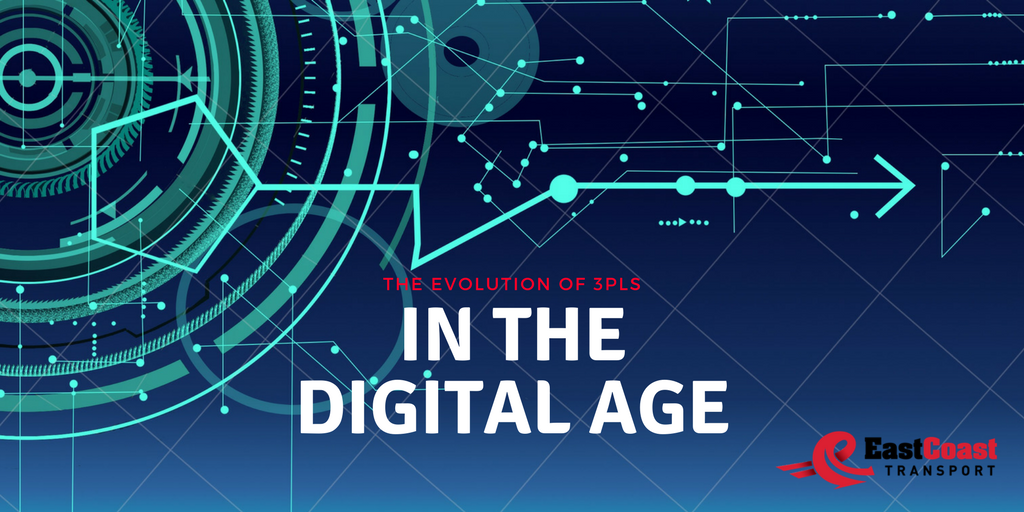The digital disruption is infiltrating all industries, and understanding the past of the logistic industry helps us navigate the uncertainty of our future in the digital age.
During the Industrial Revolution, there was a tremendous impact by technology on logistics, opening doors to the wide variety of modes, destinations, speeds, and efficiencies we still utilize today. Then, when the Motor Carrier Act was passed to deregulate the industry and created competition for the first time in our history, the logistics industry saw a significant change. These events were monumental for many industries including logistics.
Now, the world is digitized and hyper-connected thanks to the ubiquitous dissemination of mobile technology and subsequent birth of the Internet of Things (IoT). The 3PL is now in what some would call young adulthood, slowly evolving out of its bumbling adolescence and picking up speed towards fully formed maturity. 3PLs who want to survive need to grow with the digital age.
To prepare for the disruption, 3PLs must make strategic moves now or become extinct. Successful 3PLs in 2018 know technology and service are now synonymous, and that specialization like food and beverage distribution could be a key to growth.
As we wrote about the impact of Amazon on logistics a few months ago, this online goliath shifted the future of the logistics landscape. What is most important to mention is the influence Amazon, and Walmart had on customer expectations.
Consumers are now accustomed to on-demand access, instant deliveries, complete order accuracy (dependant on consumer error), and perfect customer service. We see it in all consumer-related industries, especially in food logistics.
Successful modern 3PLs recognize the need to leverage technology and data to streamline processes, increase visibility, and provide fast, reliable service due to consumer behavior. They have been quick to adopt technology and leverage systems, platforms, and big data to do their job more efficiently. To continue to stay ahead of the curve, they focus on innovating through the following tech initiatives:
Systems Integrations. Modern 3PLs are replacing legacy systems and EDI integrations with more dynamic technology stacks made possible through API integrations.
Automation. Logistics automation involves reducing manual data entry and receiving real-time notifications whenever a defined milestone occurs. Using automation avoids costly order-entry errors, providing customers/clients with the most up-to-date service metrics, and it offers scalability and speed to their operations.
Big Data Analytics. Companies throughout the supply chain collect massive amounts of data every day, but only a few know what to do with it. This is a big differentiator for 3PLs like East Coast Transport.
The evolution of the 3PL has been a long journey, and it’s far from over because the digital disruptions have not yet hit its peak in the IoT. Previously, the logistics industry could slowly and hesitantly move forward in the face of change without consequence. Unfortunately, there is no room for that hesitation today with the technology changing every day, and the logistics industry needs to evolve if we want to survive. As more 3PLs develop with the times, the next step in the evolutionary stage begins to form and that is when the real impact logistics has on technology and consumerism in the 21st century will be fully realized.

